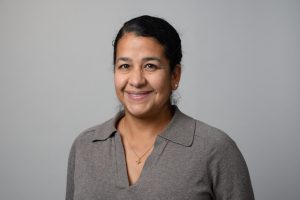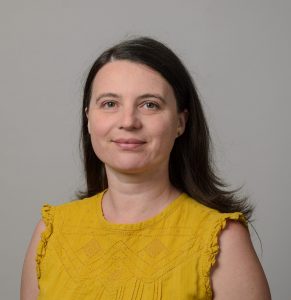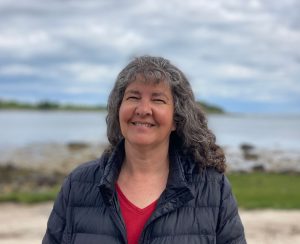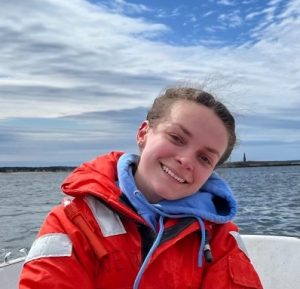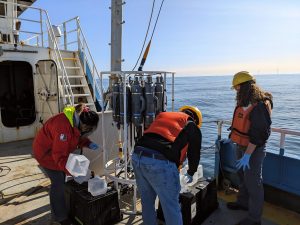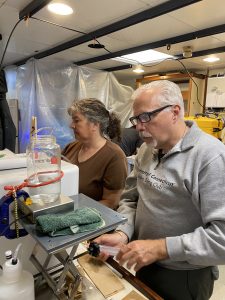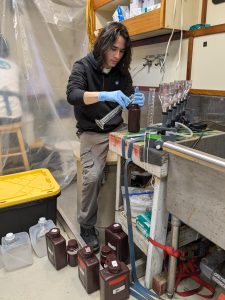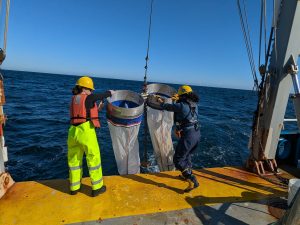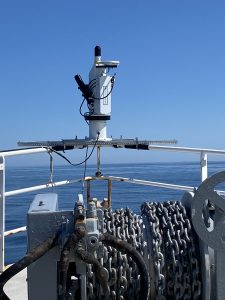Paola Batta-Lona (Ph.D., University of Connecticut)
Assistant Research Professor of Marine Sciences
Zofia Baumann (Ph.D., Stony Brook University)
Associate Research Professor of Marine Sciences
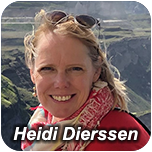
Heidi Dierssen (Ph.D., University of California)
Professor of Marine Sciences/Geography
J. Evan Ward (Ph.D., University of Delaware)
Professor and Head of Marine Sciences
Rationale
Marine food webs are complex networks of interactions between multiple trophic levels. Phytoplankton are essential to convert sunlight and dissolved nutrients into biomass for consumption up the food chain. Seasonal phytoplankton blooms occur in the North Atlantic and are associated with weaker water-column stratification and seasonal environmental changes. Primary consumers, including zooplankton (e.g., copepods and euphausiids) aggregate during phytoplankton bloom events, providing abundant food for secondary consumers and top predators that feed on the zooplankton aggregations.
New cutting-edge methods are available to characterize plankton diversity. The Imaging Flow Cytobot (IFCB), operated by the Dierssen lab (UConn), combines elements of flow cytometry and imaging, with capabilities that enable studies of changing aquatic ecosystems. Machine learning algorithms then classify the imagery into taxa. This also allows the quantification of both the biodiversity and concentration of plankton. The system targets phytoplankton from 10 – 150 um in diameter. This system can characterize phytoplankton along transects to and from the wind farms.
Environmental DNA (eDNA, i.e., genetic material of organisms present in the environment) provides a revolutionary new opportunity for analysis of zooplankton diversity based on collection of water samples. Advantages include remote and autonomous sample collection, and rapid, detailed, and accurate species-level identification and quantification.
Fall 2024 Updates
- 190 eDNA samples
- 180 FlowCam samples
- 180 nutrient samples
